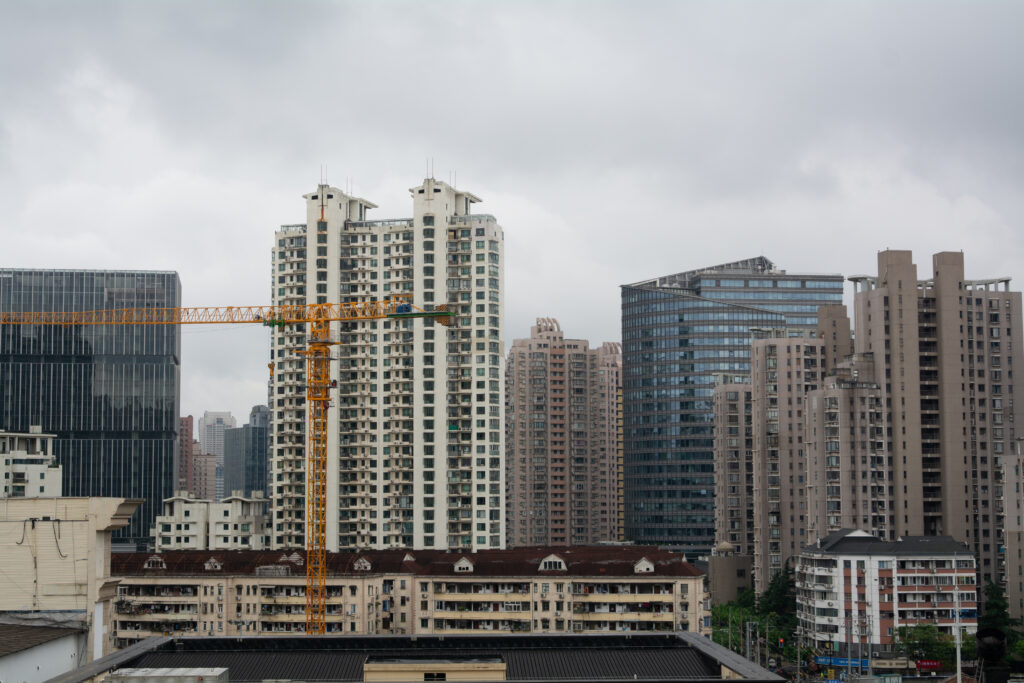The third plenary session of the Chinese Communist Party’s (CPC) 20th Central Committee in July 2024 comes at a critical juncture for an economy beset by profound challenges.
Successful third plenary sessions include the December 1978 meeting, which shifted the CPC’s focus from ‘waging class struggle’ to ‘socialist modernisation’ and the November 1993 session, which established the ‘socialist market economy’ system. But the many key reforms listed in the impressive November 2013 third plenum communique, such as reform of state-owned enterprises, bridging the urban-rural divide and revamping centre-local expenditure assignments, remained confined to paper or were fitfully implemented.
Beijing does not face the existential crisis of legitimacy that spawned the earlier reform efforts. Radical change is not likely this July, but the upcoming plenum nonetheless presents an opportunity for the CPC to prioritise reforms linked to the outsized but slumping property sector. China needs to untie household consumption from housing. It should separate the credit allocation system from the state’s fiscal functions and amplify fiscal redistribution. The land-based finance model for urban development should also make way for a central transfers and local taxes-backed one.
China’s fixed asset and investment-heavy growth model must yield at a faster pace to become a more consumption-centred, skill-intensive and services-driven growth model that is consistent with internal economic rebalancing and aggregate demand management.
The experience of Japan and South Korea is instructive. Even as their service sectors share of employment reached 70 per cent, low productivity growth constrained aggregate wages, shrank labour’s share of national income, exacerbated inequality and stymied investment-consumption rebalancing. Gaps in aggregate demand were typically filled by credit or asset price bubbles, a by-product of the financial liberalisations launched at the time.
To avoid this China must lower barriers to entry in its service industries and simultaneously guard against overregulation. It must progressively lift ‘hukou’ restrictions — the point system designed to shape migration in China — to make public services more equitable. China must build a unified and portable social security net more in line with advanced economy coverage standards — in 2024 outlays on pensions, health and education as a share of GDP are ten per cent lower in China — while gradually raising the retirement age to add millions of workers to the labour force. Reform of hukou and pensions will chip away at Chinese households’ propensity for excess savings and facilitate internal and external rebalancing.
Most importantly, China must shrink the housing sector’s footprint on growth and consumption, both in terms of construction and the provision of property-related services. Policy support must be limited to ensure the sector does not serve as a drag on growth.
The taxation structure of the Chinese state must change. Revenues can no longer solely come from investment-led growth, as the underlying growth model is reaching its limits. With industry being the primary revenue source, there is limited incentive to develop a services-driven economy. The relative burden of taxation must shift from labour to property and capital gains.
The composition of taxes must also shift from indirect to direct taxes. Individual income tax revenues comprise 33 per cent of total revenues in OECD countries compared to 9 per cent in China. The tax base must expand, given that four out of five Chinese households do not pay personal income tax. Progressivity must be introduced into the system via direct taxes-based income transfers. Tax reform will not be easy for a one-party state that prefers top-down capital-intensive approaches, is disdainful of ‘welfarism’ — meaning high welfare spending that disincentivises working — and is wary of widening the tax net on its unenfranchised citizenry.
State-owned commercial banks must shed their quasi-fiscal functions. A financial insolvency regime with equity holders bearing their share of losses will not emerge until cash-strapped local governments divest from failing local banks.
A final structural reform the CPC should consider at the upcoming plenum is inter-governmental expenditure reassignments. The structural revenue deficits that have pushed local governments to raise cash from opaque, off-budget mechanisms must be plugged. The local government debt problem is essentially one of commercial debts incurred for urban development by these governments routed through their investment vehicles. China’s Budget Law does not extend to commercial debts incurred by the state, yet such debts enjoy implicit state guarantees judging by the absence of any defaults on municipal corporate bonds.
Such debt escapes scrutiny as it is marked as corporate debt and not included in local budgets and final accounts. This deception must end. These debts must be brought onto the government’s books, transparently accounted for and worked out through a comprehensive debt resolution program.
At the same time, local governments must be allowed to enjoy predictable tax revenues, the authority to raise revenues through mechanisms such as a recurrent property tax, and have their access to credit to fund expenditure broadened. Reform of local government finances will also defeat the root causes of local protectionism and facilitate the creation of a more unified national market.
China’s 2035 and 2049 modernisation goals are within reach. To realise them, enlightened but difficult choices must be faced head-on today.
Sourabh Gupta is Senior Fellow at the Institute for China-America Studies in Washington, DC.


The Chinese Communist Party's (CPC) third plenary session in July 2024 is an opportunity to enact major structural reforms. The CPC should prioritise reforms to untie household consumption from housing, add a redistributive role to state fiscal functions and ensure the land-based model of finance for urban development yields to a central transfers and local taxes-backed one. The CPC must shrink the housing sector’s footprint on growth and consumption, shift from indirect to direct taxes and plug the structural revenue deficits that have pushed local governments to raise cash from opaque, off-budget mechanisms.